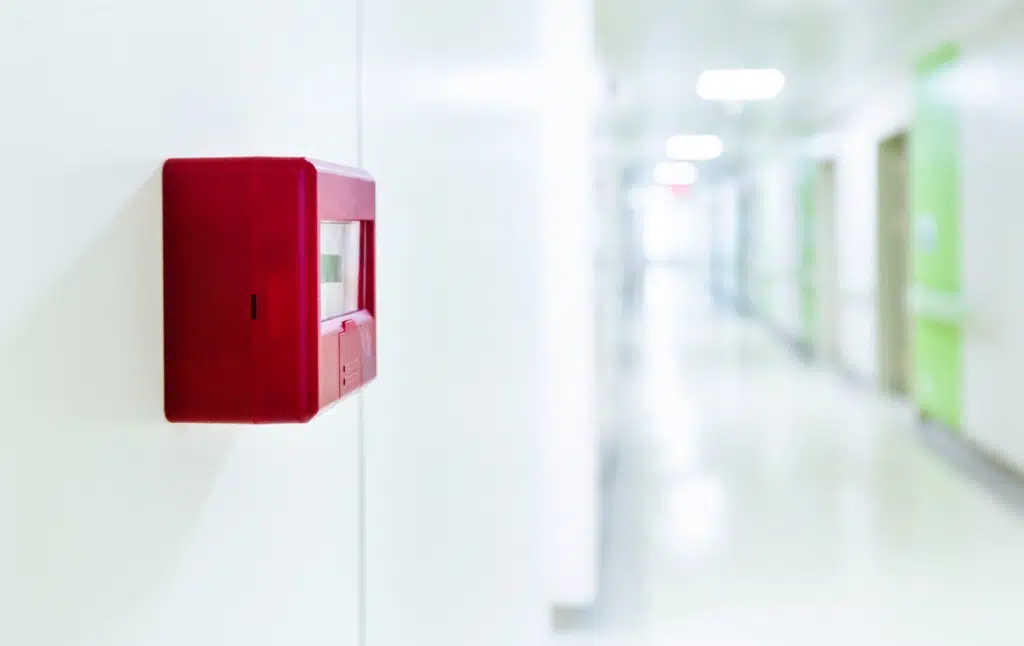Pathological anxiety is defined by its intensity, disproportionality to a given situation, and the ability to have a negative impact on one’s functioning effectively. Focusing on anxiety, doing what feels most self-protective often reinforces our fears. Exposing ourselves to our fears and learning how to tolerate the anxiety produced is the key to its extinction. In other words, the more we avoid our fears the stronger they become. When anxiety and fear intensify into panic and when worries grow into disproportionate mental obsessions about imagined rather than actual threats, the result is that often times we freeze or get stuck in our minds to the point of immobility. This kind of pathological anxiety prevents us from taking action to figure out how to deal with the root issues.

Physical symptoms such as stomach upset, feeling pressure in one’s chest, and difficulty breathing are often experienced as intolerable. What results is our natural response which is to avoid. We become more focused on “flight” than “fight” and will attempt to do whatever is necessary to escape the source of the fears. The key here is experiencing fear of potential threats not actual threats.
The anxiety paradox states that the more you avoid fears the larger they become. Paradoxical anxiety is a therapeutic technique used to treat recursive anxiety by repeatedly rehearsing the anxiety inducing patterns of thought and/or behavior. This technique has shown effectiveness in the treatment of psychosomatic illnesses such as chronic insomnia, public speaking, and multiple phobias to name a few.
The American Psychological Association defines paradoxical intention as the process whereby the patient is encouraged to do the things, he/she fears or to wish them to happen. Of note is the term recursive anxiety. It is an extreme form of social phobia that is based on the concept of fear of fear and the additional suggestion that there is a self-maintaining process which contributes to the experience of excessive anxiety. Fear of fear refers to concern about the possible negative physical effects of anxiety and is associated with anxiety experienced during specific situations or specific locations.
Exposure Therapy
The American Psychological Association defines exposure therapy as a treatment developed to help individuals to confront their fears and not avoid them. Fears can include activities, situations, and objects. It is used to help break the pattern of fear and avoidance. The psychologist creates a safe space to “expose” individuals to their feared objects, activities, or situations to stop the avoidance. Thus, diminishing the intensity of the anxiety/panic.
The Benefits of Exposure therapy:
- Habituation – Over time realize reactions to feared objects, activities or situations are diminished
- Extinction – Helps weaken previously learned associations
- Self-Efficacy – Recognizing one can confront their fears and manage anxiety
- Emotional Processing – Learn to make new associations creating more realistic beliefs about feared objects, activities or situations
How Paradoxical Intention Works
The role of the paradoxical intention is to assist the person with recursive anxiety (fear of fear) to enhance their desired performance by preventing the goal of remaining calm. In other words, to direct one to move into those situations that trigger the fear of fear. The focus is on the most important aspect of the physical discomfort and attempt to intensify the process. Then the one is instructed to remain in the situation until they regain their composure. An example is a person afraid of blushing publicly. This person would be directed to participate in as many of these uncomfortable circumstances as possible and “really try to blush” and become so red that people will have to look away to avoid being blinded. As you can see, the counselor plays a crucial part in this treatment as a teacher, guide and support.
The goal of paradoxical intention is to increase anxiety and accept it rather than to be free of anxiety. Panic arises when we try to control anxiety and we are unsuccessful. When you auto-request that your symptoms intensify, they will often times diminish instead. To conquer panic, you need to stop opposing it. To rid yourself of panic you allow it to exist. This is the paradox.
Using paradox during panic, the psychologist will instruct you to:
- Take a long deep breath and then return to breathing normally
- Monitor your physical symptoms
- Tell yourself to increase all symptoms present
- Continue with natural breathing as you make efforts to achieve the above referenced
- Don’t get stuck in hopeless comments
Key Points to Keep in Mind
- Attempts to avoid anxiety give it strength
- Reduction of anxiety in the future requires acceptance of present anxiety
- When you’re able to accept your anxiety the quicker it will start to lessen
- Battle avoidance and escape
- The best way to cope with anxiety is to let it be
We at the Miami Psychology Group are specialized in treating fears/anxiety/panic. You don’t have to do it alone. We have extensively trained psychologists that are here to assist you.